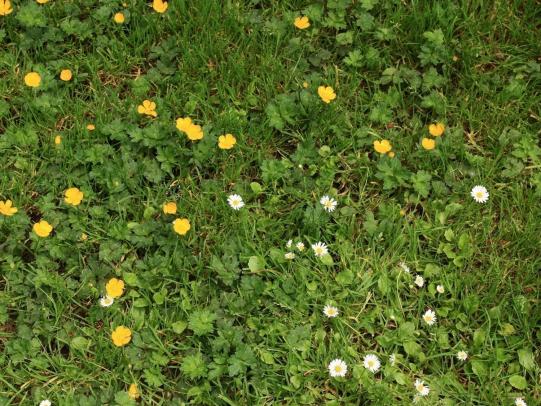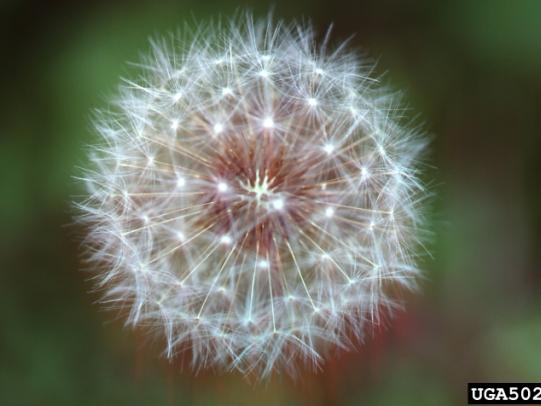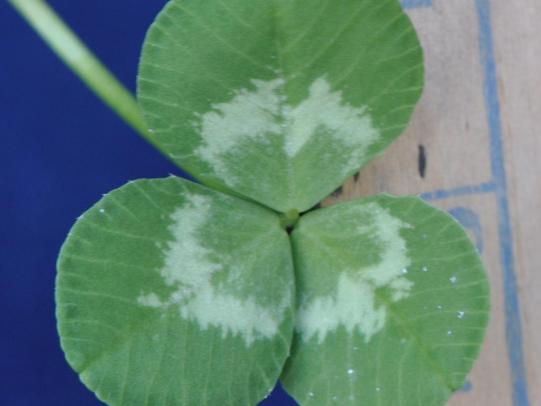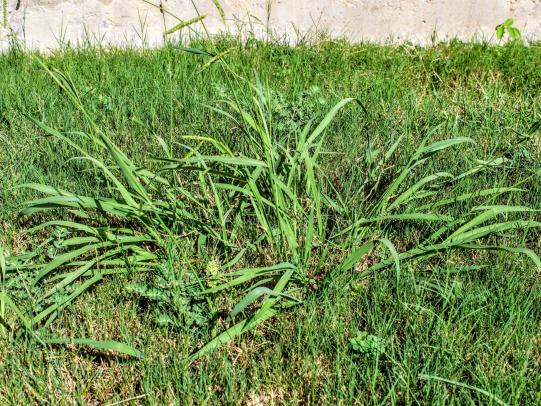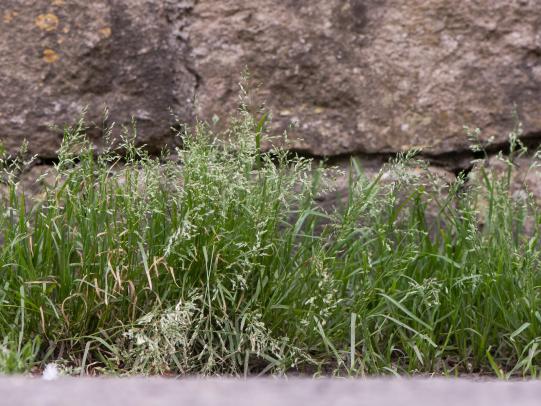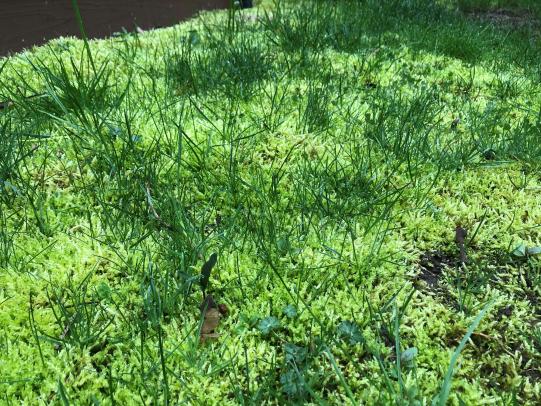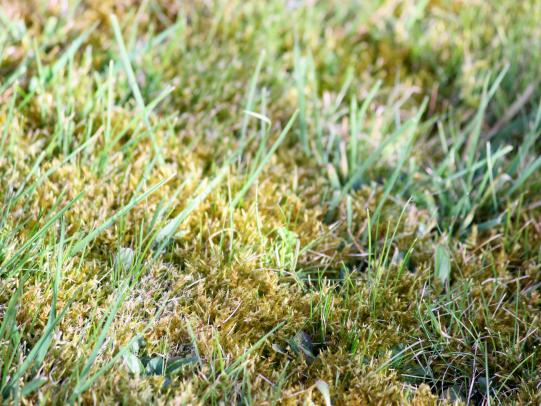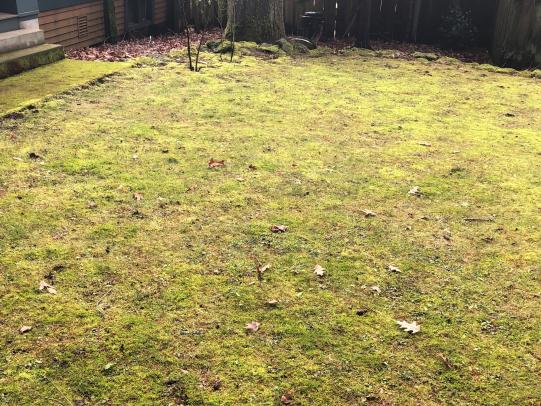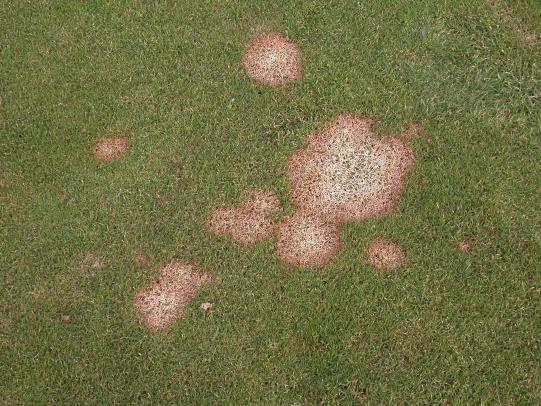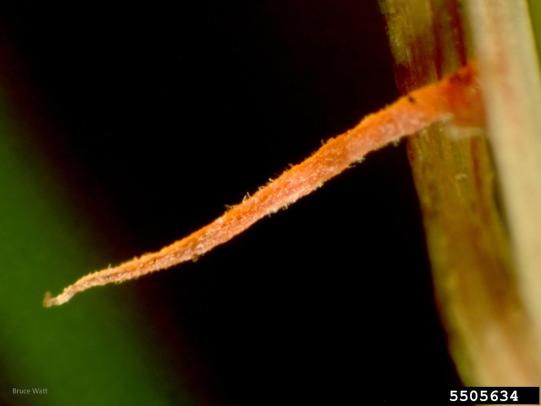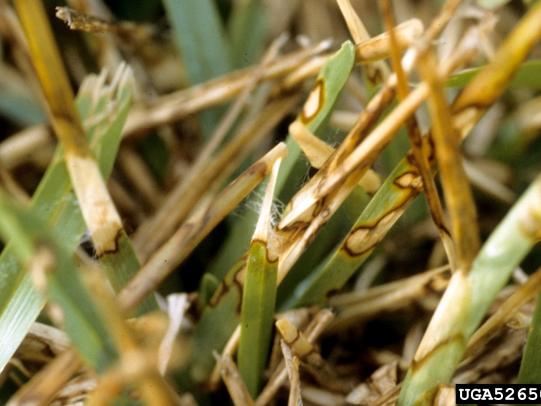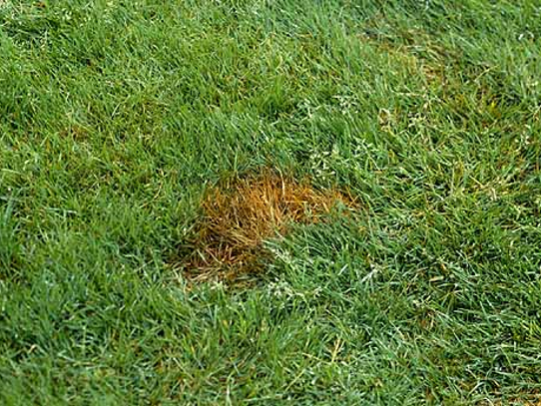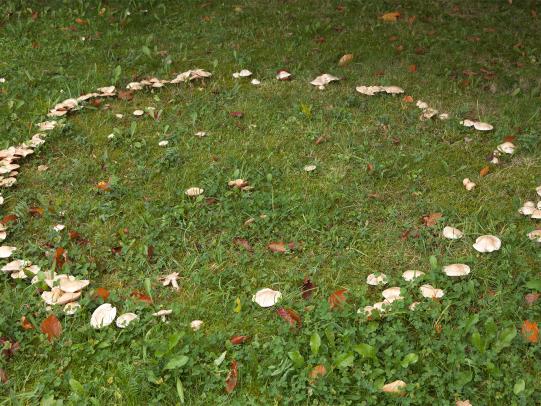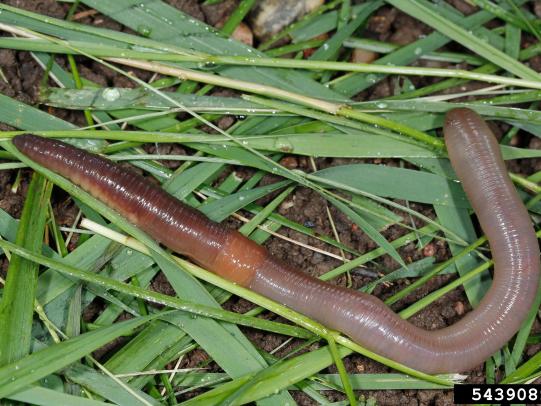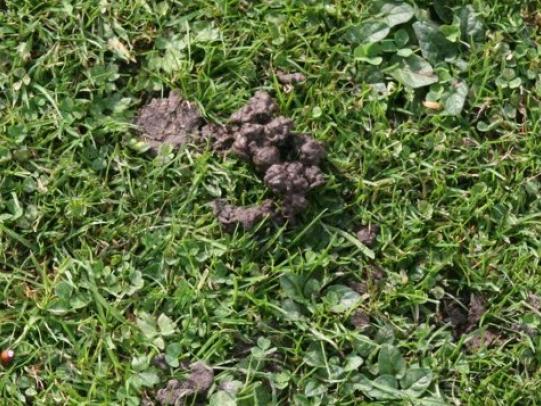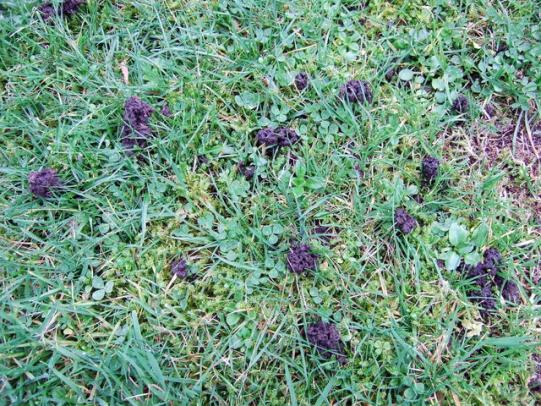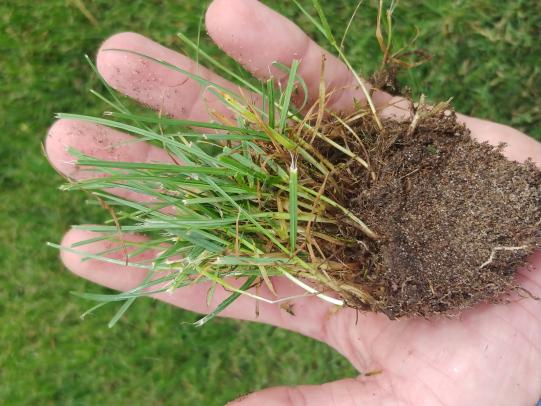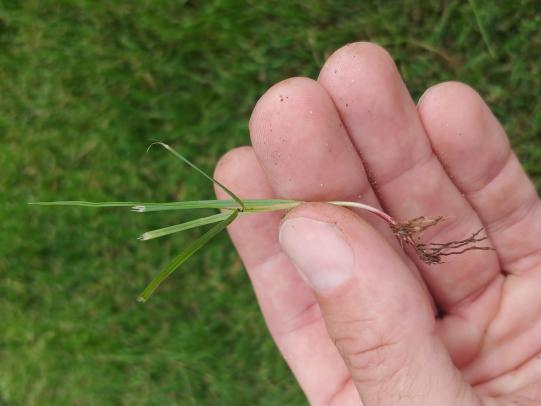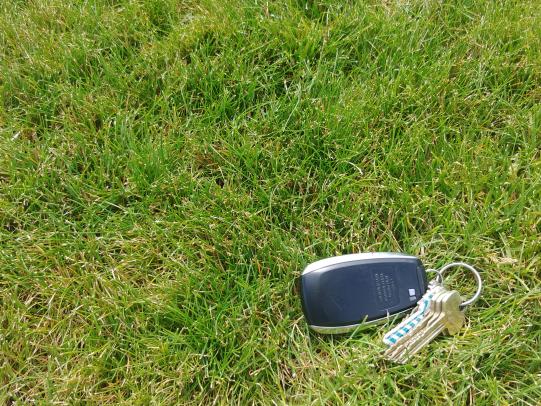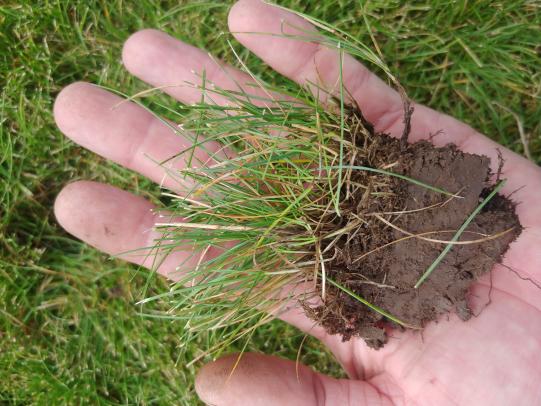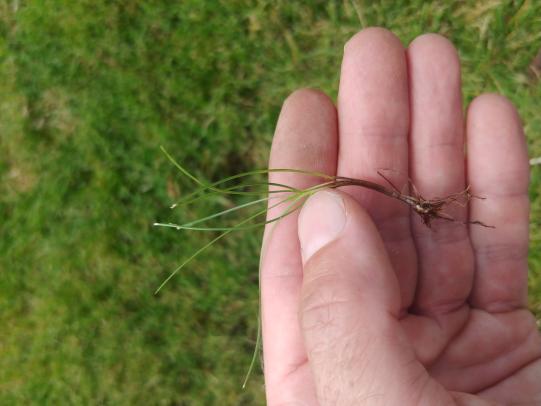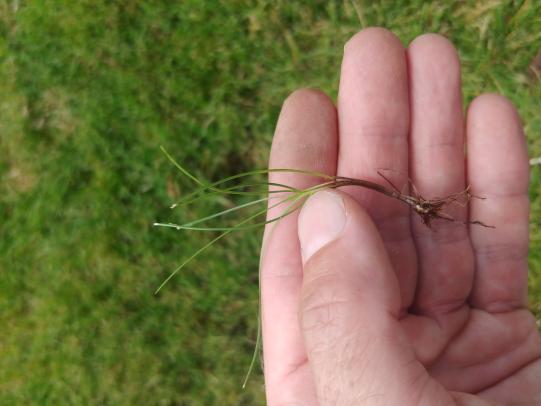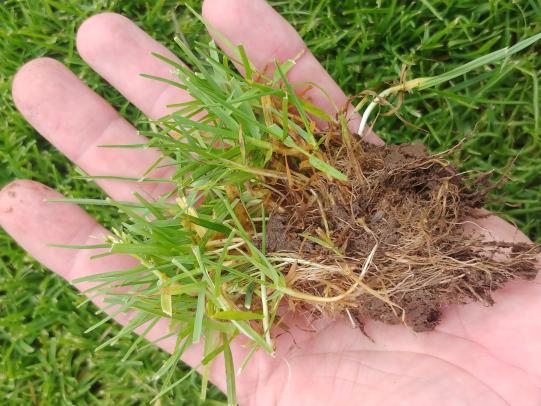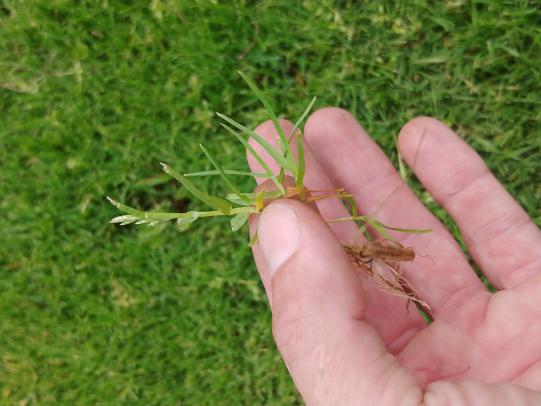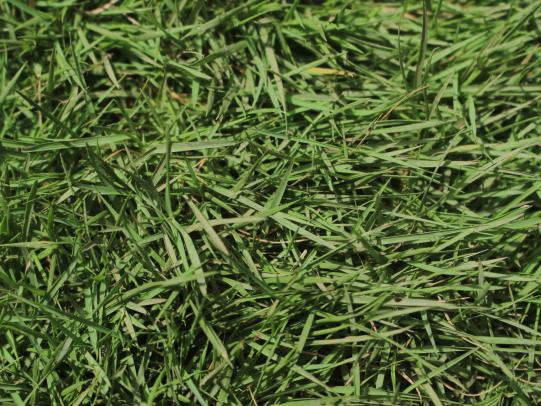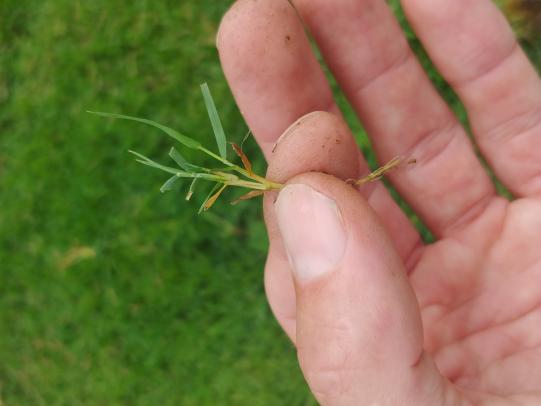
Keys for success
- Maintain the right growing conditions needed for strong, healthy grasses. Healthy lawns resist moss, weeds, insects, and diseases.
- Regular lawn maintenance methods include: mowing, weeding, fertilizing, overseeding, and watering. Dethatching and aerating also help.
- Lawns change over time. After seed has been sown or sod laid down, a mixture of desired grasses and broadleaf weeds, grassy weeds, and moss will evolve.
- Soil drainage, soil fertility, sunlight, water stress, and how the lawn is cared for and used will influence how your lawn looks over time.
- Set realistic expectations for your lawn. Match the lawn standards you want to maintain with the right maintenance schedule.
- If the quality of your lawn doesn’t match your standards, consider a lawn renovation.
Prevent lawn problems
See Prevent Lawn Problems to learn more about how to keep your lawn healthy. Healthy grasses in your lawn outcompete moss and weeds. They also resist damage from insect pests and plant diseases.
Moss on Roofs & Walkways
See How to Get Rid of Moss on Roofs & Walkways for more information about moss on hard surfaces.
For insect pests and plant diseases in lawns, it’s helpful to determine which types of lawn grasses are growing in your lawn:
- Different types of grasses that grow in lawns in the Pacific Northwest are susceptible to different insect pests and plant diseases.
- See how to identify lawn grass species below.
Perennial Ryegrass, Fine Fescues & Tall Fescue
The main types of planted grasses in the Pacific Northwest include:
- Perennial ryegrass
- Fine fescues (creeping, Chewings, hard, and sheep)
- Tall fescue
These grass species grow as a bunchgrasses without spreading rhizomes (spreading roots) or stolons (spreading stems). Reseeding is necessary to maintain a dense stand.
Annual Bluegrass & Creeping Bentgrass
Also, many lawns contain grasses that grow on their own, including:
- Annual bluegrass
- Creeping bentgrass
Take action?
- Both of these grasses stand out from lawns that contain mostly perennial ryergrass, fine fescues, and tall fescue grasses.
- Determine whether you can tolerate annual bluegrass and creeping bentgrass in your lawn. They are difficult to control.
- If you choose to take action for annual bluegrass and / or creeping bentgrass, see Grassy Weeds in Lawns.
